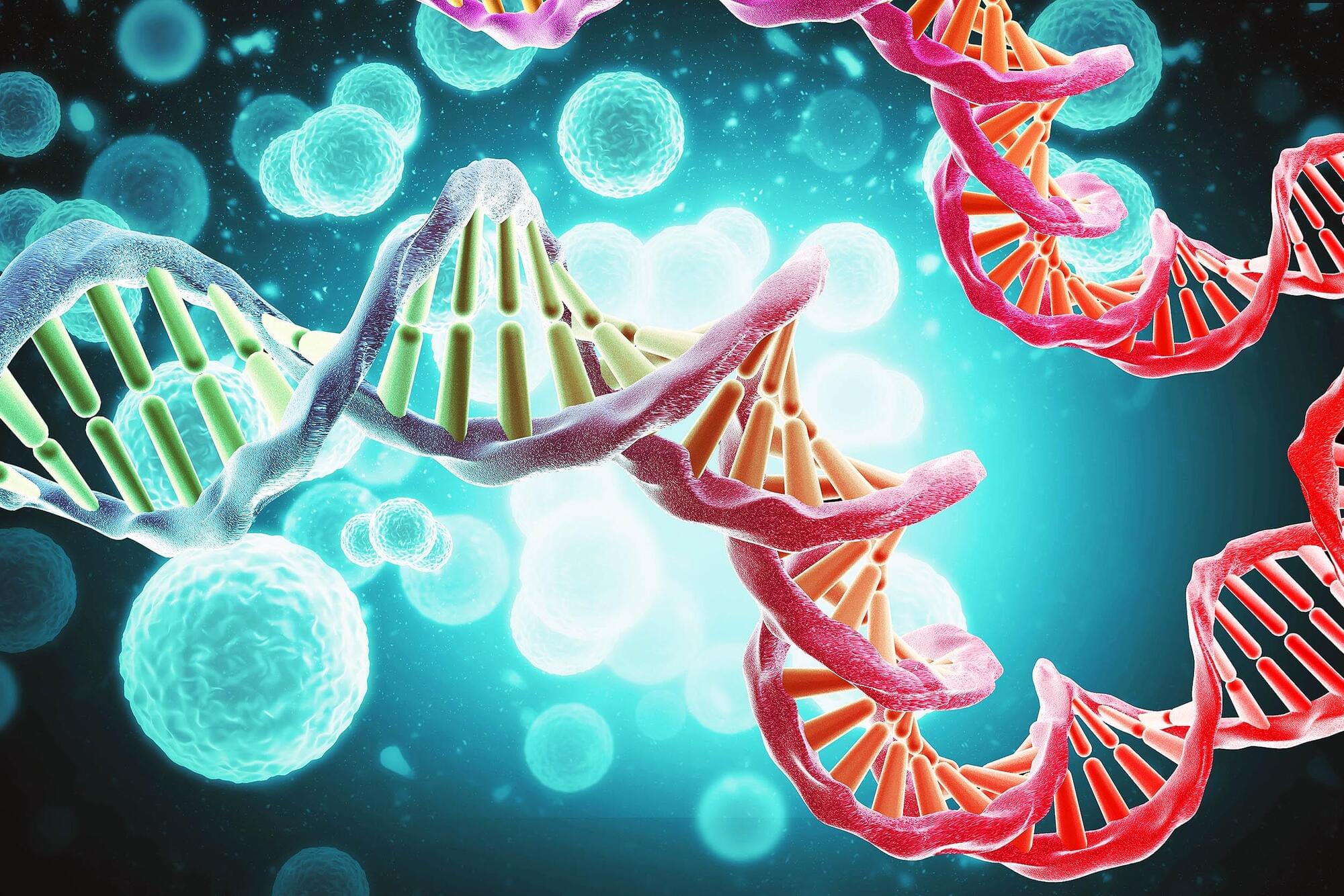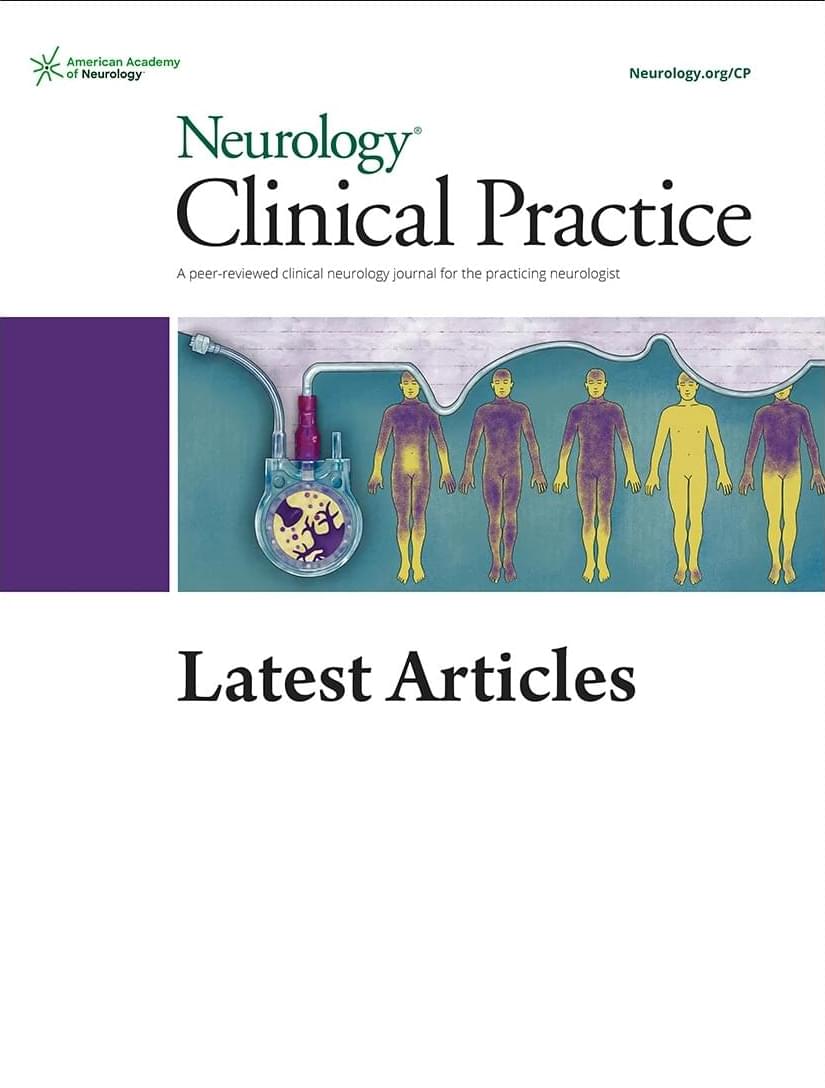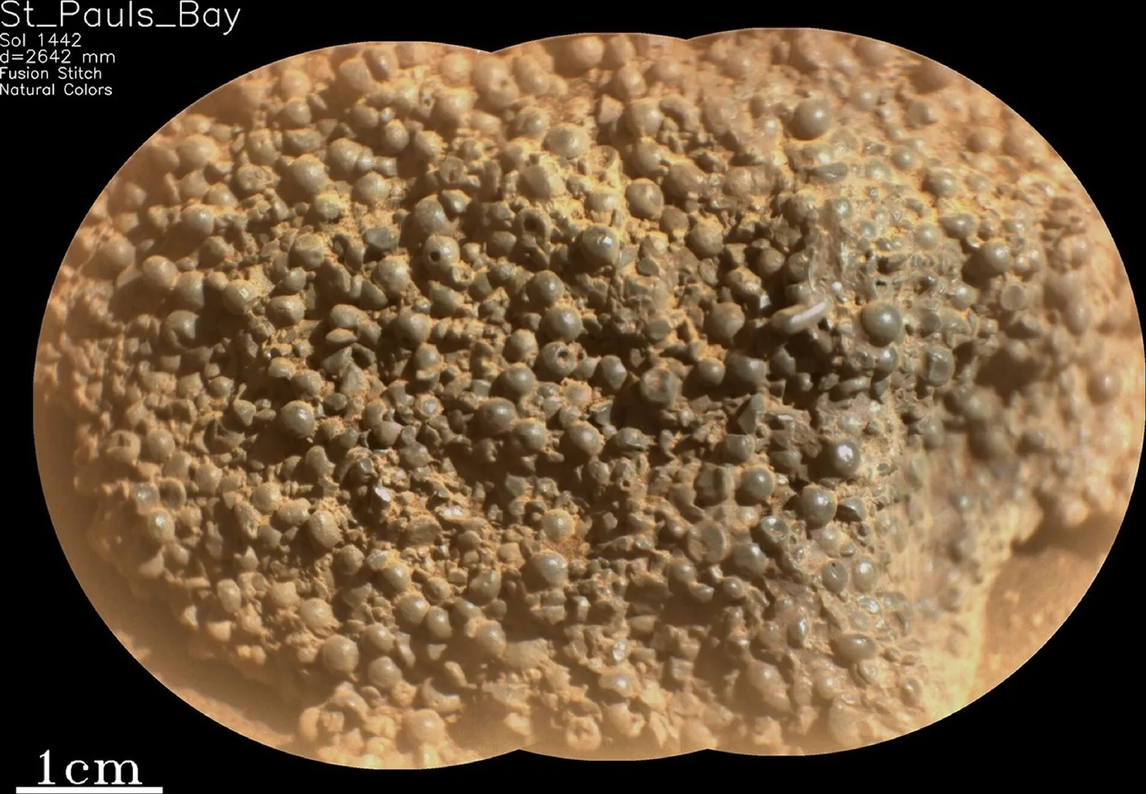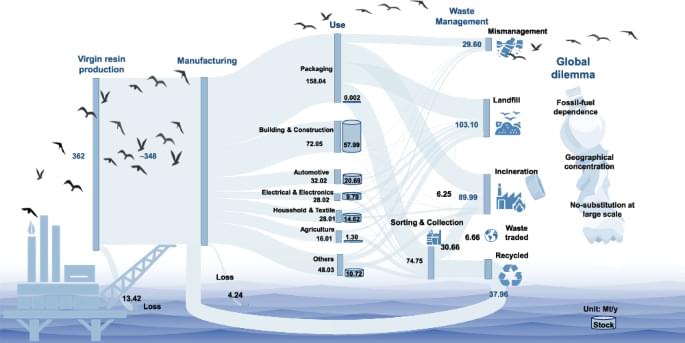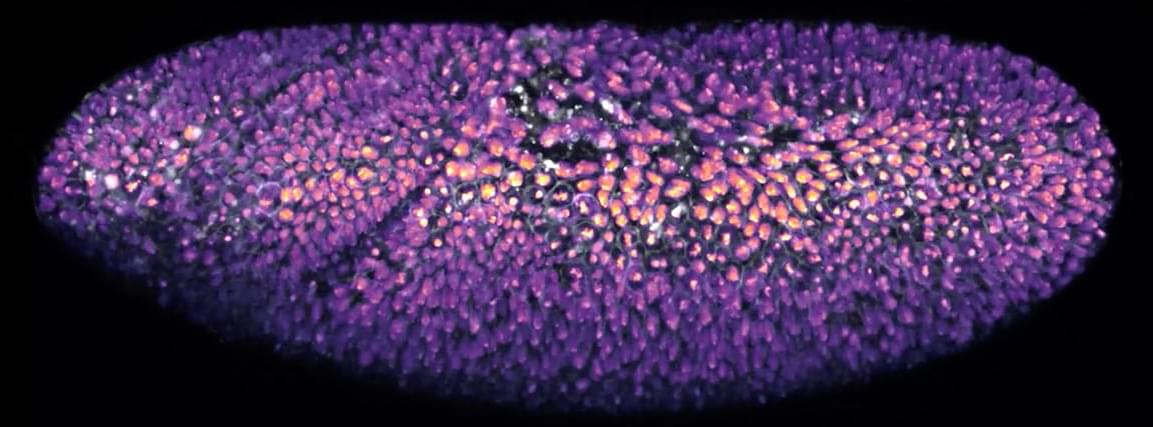That’s the question raised by physicist Dr. Richard Lieu at The University of Alabama in Huntsville. In a paper published in the Monthly Notices of the Royal Astronomical Society, Lieu offers a theory that could challenge one of the biggest assumptions in astrophysics. His idea: gravity can exist without any mass at all.
The study explores a different solution to the same equations that normally describe gravity—both in Newtonian theory and in general relativity. These equations link mass with the gravitational force it creates. Lieu focused on what’s known as the Poisson equation, a simplified form of Einstein’s field equations used for describing gravity in weaker fields, like those around galaxies.
This equation typically has one well-known solution: gravity that weakens with distance, created by mass. But there’s another, lesser-known solution that’s often ignored. It can also create an attractive force but doesn’t come from any actual matter.


